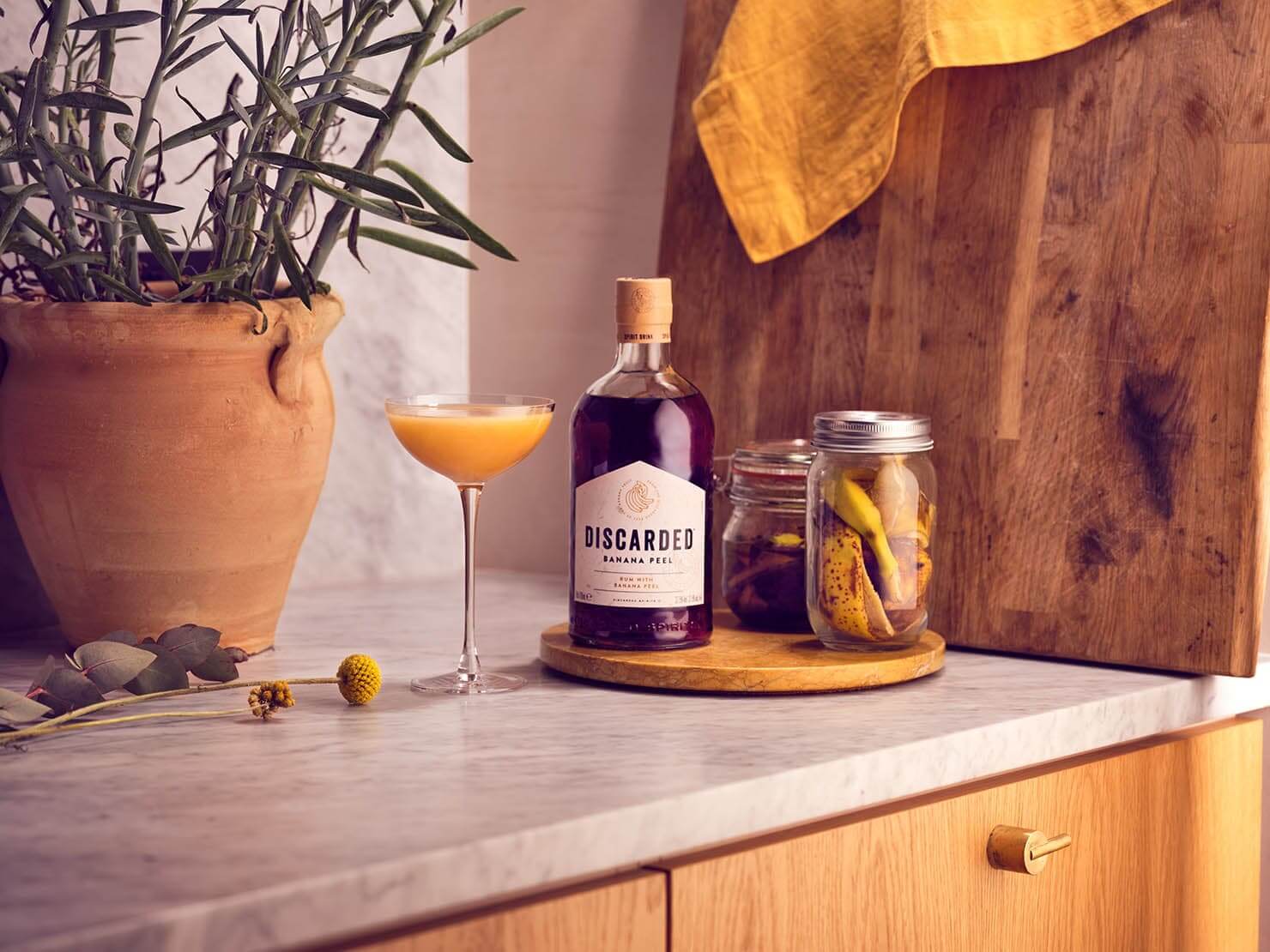It’s probably not written down in your calendar, but today (25th August) marks National Banana Split Day. Bananas are one of the most popular fruits in the world, considered the fourth most important food crop globally behind rice, wheat, and corn. But did you know that once it’s harvested, around 60 per cent of the banana crop is left as waste?
According to WRAP, bananas are also one of the most wasted foods in UK homes, with the nation throwing away 920,000 pieces of the fruit every year – a poor return on the 3,000 hectares of land and 330 billion litres of water the world uses to grow them. Even when you discard this fruit responsibly – either in the designated food bin or your own garden compost – throwing it away still means all the resources that went into its production are wasted. And when fruit waste isn’t composted, it ends up in landfills, where it rots and generates harmful methane emissions.
Combatting fruit waste
Wanting to do something about the mountains of banana waste in Pakistan, researchers from Newcastle’s Northumbria University began a project to turn the waste into sustainable textile fibres. Meanwhile, any banana waste that can’t be converted into fibres will be used to create soil-regenerating bio fertilisers and syngas, as a source of green energy. Banana waste in Pakistan alone could yield almost 57,500 million cubic metres of syngas and 30 million tonnes of eco fertilisers.
Uganda is the second largest producer and consumer of bananas in the world – so a huge volume of the crop gets thrown away in the country. Would you be up for wearing that banana waste instead? Initiative Cheveux Organique creates an eco-friendly, non-toxic alternative to widely sold wigs and hair extensions – made from banana stem fibres. Unlike their synthetic counterparts, Cheveux Organique’s biodegradable wigs are free from plastic, harmful heavy metals, and irritants.
Another company that saw beauty in bananas is British fashion giant Stella McCartney. In last year’s autumn collection, the brand launched a vegan tote made from Bananatex – a durable, biodegradable, plastic-free fabric made from regeneratively grown Abacá banana plants in the Philippines.
But what about other fruit waste? Supermarkets around the world reject massive amounts of ‘wonky’ fruit – produce that’s edible but not deemed fit for sale because of its shape, colour, or size. London-based SXOLLIE wants to do something about that. The certified B Corp uses rejected eating apples – including the consumer favourites Granny Smith, Pink Lady, and Golden Delicious – to create a range of lower-sugar, carbon-neutral ciders that are better for people and the planet.
What can I do with leftover bananas?
Just because a banana might be looking a little too brown for your liking, that doesn’t mean it should be destined for the bin. Take your overripe bananas and try out some of Discarded’s recipes – including this delicious banana ice cream we made with Chef Tom Hunt. Tom also has another recipe to transform your other ripe fruit into delicious sorbet. All you need to do is freeze your peeled fruit, then blend it up with the milk or yoghurt of your choosing. Take a look at the full recipe here.
Back to bananas – you can also give our stock syrup a go by simply simmering your leftover bananas with sugar and water and sieving the mixture. With the syrup, you can make a delicious banana daiquiri, and the leftover pulp can go into some freshly baked banana bread. And for a waste-free (and extra banana-y) banana split, why not combine the banana ice cream and stock syrup together?
Whether you follow a plant-based diet or just want to try something new, banana peels could be the latest addition to your weekend fry-up. Using a recipe perfected by Carleigh Bodrug (@plantyou on Instagram) as part of her ‘Scrappy Cooking’ series, you can turn banana peels into a ‘bacon’ replacement. To marinate your ‘bacon’, mix soy sauce, olive oil, apple cider vinegar, paprika, garlic, nutritional yeast, and maple syrup, and leave your scraped-out peels to soak up the flavour. Then, either grill or air fry the peels for the desired effect.
Bananas – including their peels – are full of potassium and other nutrients. Because of this, they’re not just great for us to eat, they also make a great plant booster. Soaking banana peels in water and then diluting that solution creates the perfect fertiliser for certain indoor plants, providing valuable nutrients, repelling aphids, and preventing transplanting shock.
If you’re looking for even more inspiration on what you can do with leftover bananas and waste peels, check out our brand ambassador Sam Trevethyen’s latest series: ‘101 things to do with bananas’. You can check part 1 and part 2 on our Instagram.
